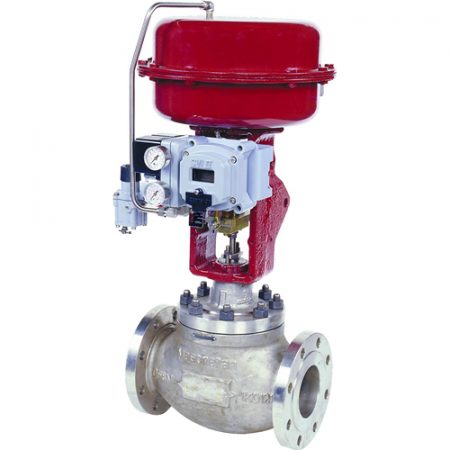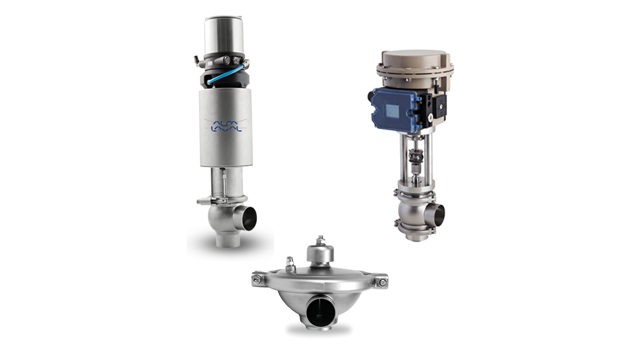Enhance Performance With Top-Quality Structure Automation Controls Consisting Of Controllers
In the realm of contemporary structure management, the implementation of top-notch structure automation controls, including advanced controllers, has become an essential element in simplifying procedures and making the most of performance. As structures proceed to evolve right into smarter, more interconnected entities, the role of automation controls and controllers has never been more critical.
Benefits of Structure Automation Controls
When carried out successfully, developing automation controls provide a myriad of benefits to enhance operational effectiveness and optimize source use. One of the primary benefits is the capability to regulate and check different building systems such as cooling and heating, illumination, safety and security, and more from a central platform. This central control enables for better control and synchronization of different systems, bring about enhanced energy effectiveness and decreased functional expenses.
Moreover, developing automation controls offer real-time information and analytics, allowing center managers to make enlightened decisions promptly. By having accessibility to extensive understandings into power consumption, devices performance, and passenger behavior, companies can identify locations for improvement and carry out strategies to improve total building performance.
In addition, automation controls help in predictive upkeep by spotting prospective concerns before they intensify right into costly issues. This aggressive method not just expands the lifespan of devices yet also lessens downtime, making certain continuous procedures - control valves. On the whole, the benefits of building automation controls contribute in streamlining processes, enhancing efficiency, and developing an extra sustainable and comfortable atmosphere for passengers
Trick Features of Controllers
Effective building automation controls are characterized by an array of vital attributes that allow streamlined management and optimization of various structure systems. One crucial function of controllers is their ability to collect information from sensors dispersed throughout the structure.
In addition, controllers use the versatility of programming timetables for different building systems based upon occupancy patterns, assisting to lower energy wastage throughout off-peak hours. Furthermore, the remote ease of access attribute of controllers enables facility supervisors to keep an eye on and control constructing systems from anywhere, improving convenience and responsiveness.
Moreover, advanced controllers often come outfitted with predictive maintenance capacities, allowing aggressive identification of possible problems prior to they escalate, therefore decreasing downtime and upkeep costs (control valves). On the whole, the essential attributes of controllers contribute in simplifying building procedures, enhancing comfort, and optimizing energy cost savings
Assimilation With Iot Innovation
Structure automation controls, particularly controllers with their advanced attributes, perfectly incorporate with IoT technology to transform structure monitoring processes. IoT innovation makes it possible for these controllers to gather and evaluate information from various structure systems in real-time, offering unmatched understandings into power use, system efficiency, and resident actions. By leveraging IoT connectivity, building automation controls can enhance power performance, enhance resident convenience, and make certain proactive maintenance.
The combination of structure automation controls with IoT innovation enables central monitoring and control of diverse structure systems remotely. This connectivity enables structure supervisors to adjust settings, routine procedures, and get signals on their smartphones or computer systems, enhancing operational performance and reducing maintenance expenses. Moreover, IoT combination promotes data-driven decision-making by providing actionable intelligence based upon patterns and patterns identified via continuous tracking.
Power Performance Solutions

Building automation controls, consisting of power monitoring systems and programmable controllers, are essential components of energy effectiveness options. These systems make it possible for Read Full Article real-time surveillance of power use, identification of inefficiencies, and implementation of automated modifications to enhance energy performance (control valves). By integrating building automation controls with energy-efficient equipment and technologies, facilities can improve functional effectiveness, boost owner comfort, and contribute to a greener environment

Enhancing Building Safety
With a concentrate on optimizing functional facets beyond energy effectiveness solutions, the following helpful site essential aspect to attend to in structure management is the enhancement of safety actions. Building automation controls play a critical function in strengthening security by integrating different systems such as accessibility control, security cameras, and intrusion detection. These controls not only enhance protection procedures but also offer real-time tracking and informs, making it possible for punctual responses to potential threats.
Conclusion
In final thought, developing automation controls, especially controllers, use many advantages such as enhanced effectiveness, combination with IoT innovation, energy effectiveness services, and improved safety and security steps. By utilizing excellent structure automation controls, buildings can operate more efficiently and sustainably, resulting in cost savings and improved overall efficiency. Purchasing these innovative modern technologies can significantly enhance the operational effectiveness of buildings and add to a more lasting future.
In the world of modern-day structure management, the implementation of high-grade building automation controls, consisting of innovative controllers, has actually come to be a crucial element in maximizing and streamlining operations effectiveness.Effective building automation controls are characterized by a range of essential features that make it possible for streamlined management and optimization of numerous structure systems.Building automation controls, particularly controllers with their innovative functions, effortlessly integrate with IoT technology to change building management procedures.The combination of building automation regulates with IoT technology permits for centralized monitoring and control of diverse structure systems remotely. By using excellent building automation controls, structures can run much more properly and sustainably, leading to cost savings and boosted overall performance.